The Foundation stone for the King Edward Barracks was laid on the 13th of July 1905 by the Right Hon. R.J. Seddon, Premier and Defence Minister, though construction had already started.
The official ceremony narrowly missed being delayed as there had been an accident with the Foundation Stone: a special saw had been required for the inscription in the particularly hard stone, and the saw broke. The job then had to be completed by the masons by hand, dulling several more of their tools in the process.
It amazingly only took 25 days to complete the building on the corner of Cashel and Montreal Streets. To accomplish this remarkable feat, workmen worked after dark by gaslight, and it was remarked upon on the day in the Star newspaper:
The apparent apathy with which the authorities long seemed to treat Christchurch’s need of a habitable drillshed has been followed by a display of building energy which easily surpasses anything ever seen in the city.
The contractors and architects were Luttrell Brothers of Christchurch. Utilising an innovative design, of which Alfred Luttrell claimed there were only two existing examples in England, it would cover a large space for little money. The drillshed was designed as a large arched building and to be fire proof, unlike its predecessor which burnt down in 1903.
Constructed of 21 iron girders that weighed 6 tons each and enabled the building to be 36.5m x 91m and 12m tall with no obstructive structural columns. A brick mobilisation store, gun store and officers rooms were also built on the site.
As well as being the site for military activities such as holding drills for soldiers, hearing court-martials, demonstrations for cadets, assembling military areoplanes and giving gas mask training, it was also used for civic occasions and to host all sorts of entertainment. These included a World’s Fair, flower shows, car shows, circuses, pet shows, poultry shows, and training sessions for the All Blacks. These types of events were often illustrated in the newspapers, and some can be accessed through Paperspast.
The riverside site was an important food gathering area for Māori and was associated with the New Zealand Army from 1864. The army left the site in 1993 and Ngai Tahu Property purchased the Barracks site and the buildings were removed in 1997. The site is currently under going post-earthquake commercial redevelopment.

More Christchurch history
To see more of what happened this week in the past, visit our Christchurch Chronology.

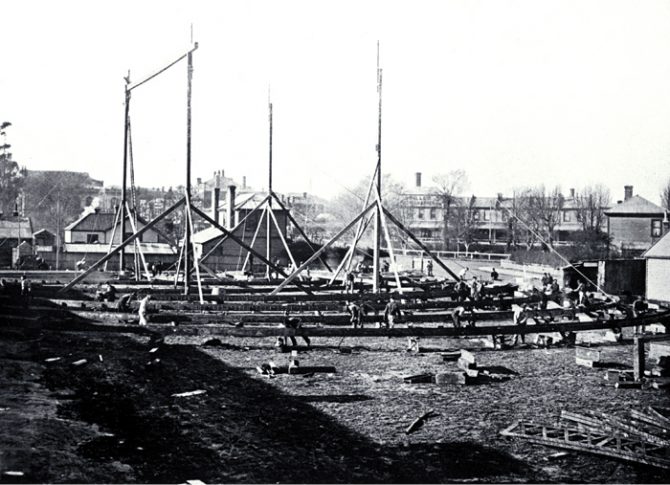

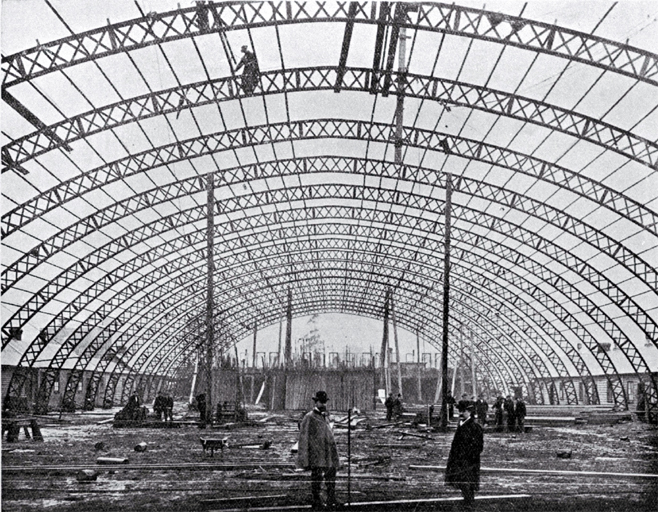
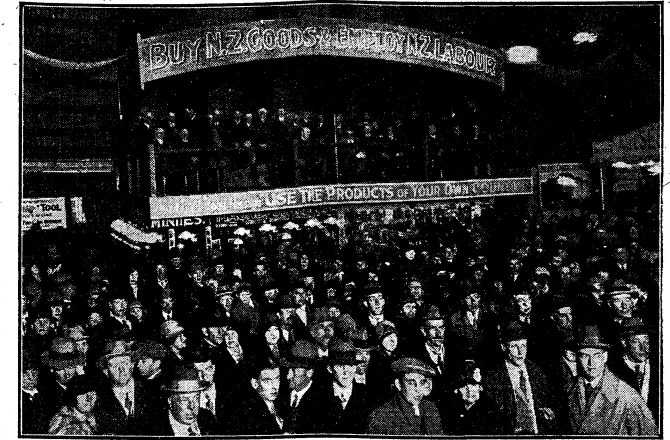



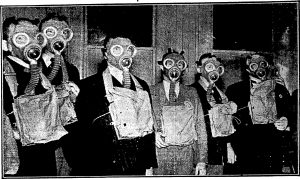
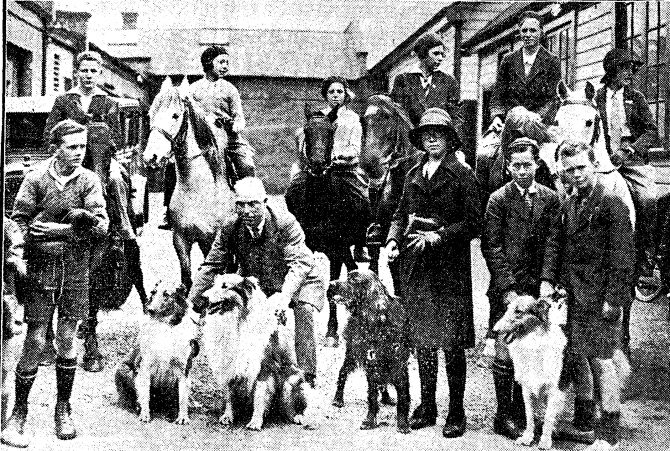


Add a comment to: King Edward Barracks construction begins – This week in history 10-16 July